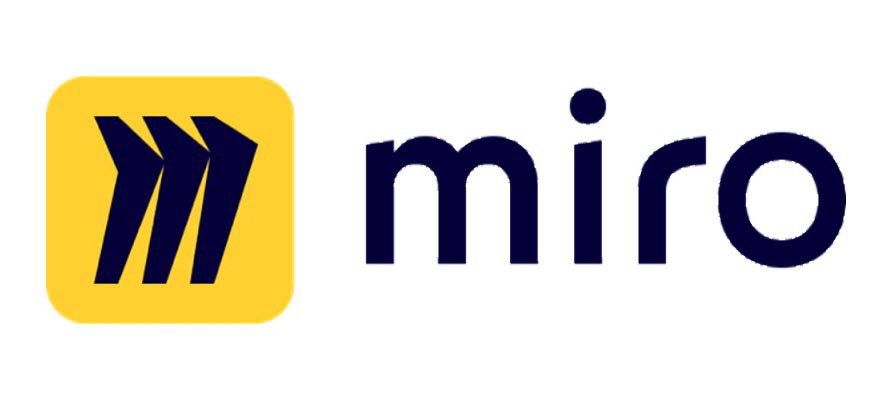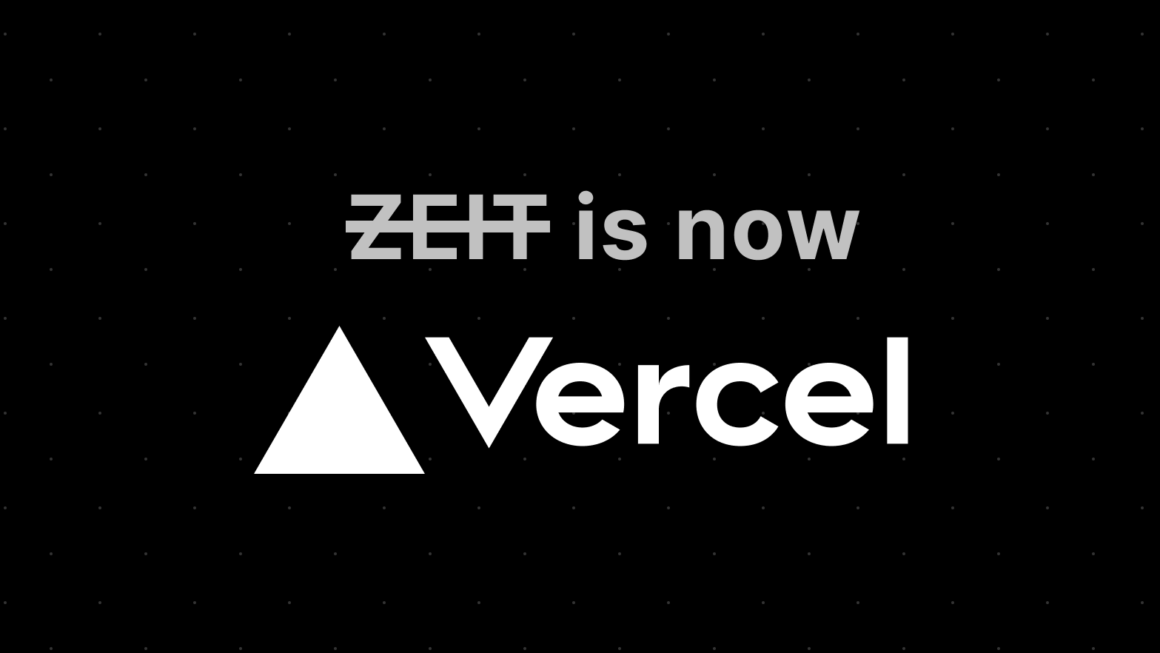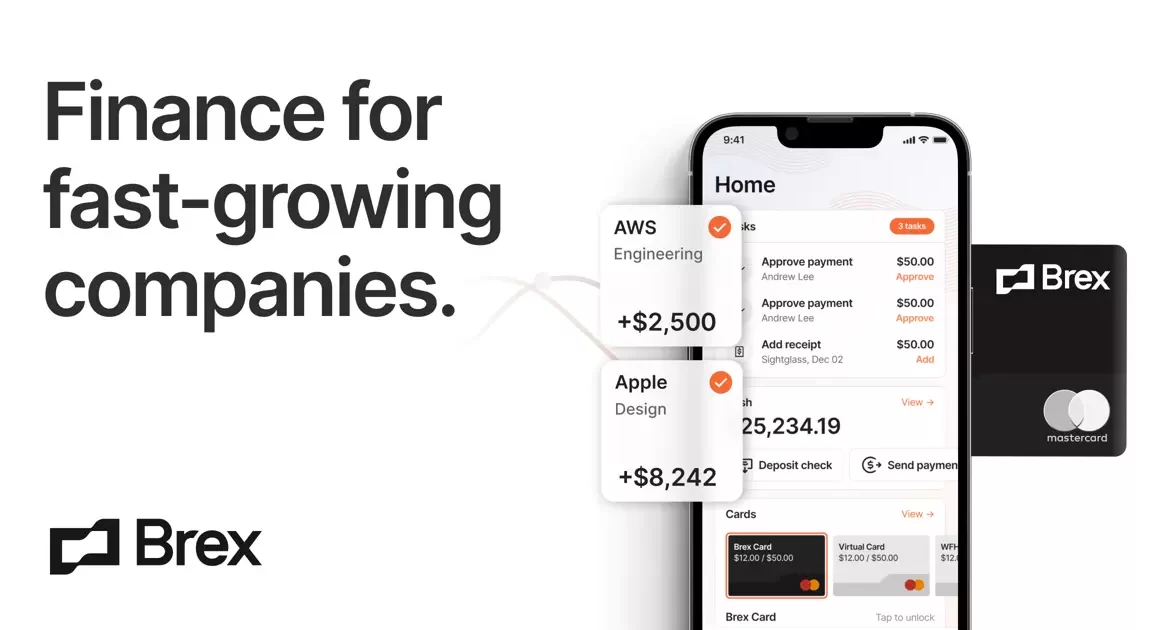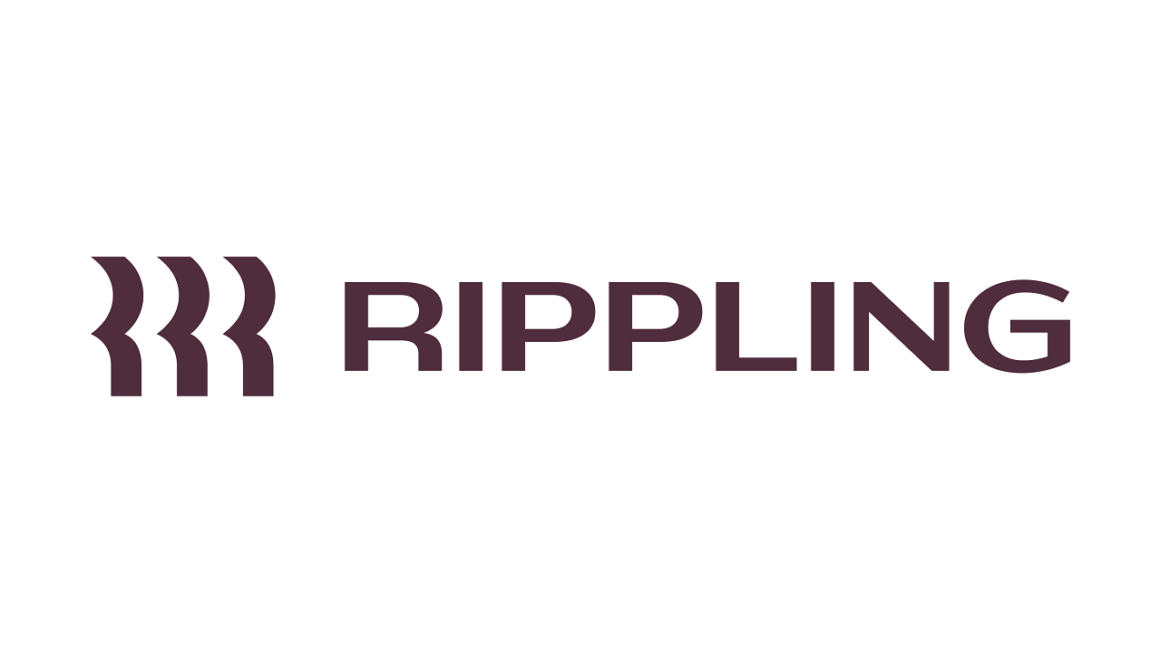Miro was hardly a blip on the radar in the Design world in 2018. Fast forward two years, and Miro is unquestionably the best tool for brainstorming and creativity. What caused this dramatic increase in awareness and engagement? While the quick move to remote work definitely helped, Miro’s unwavering emphasis on smart design and customer demands enabled them to create relevant and intuitive solutions, positioning them to capitalise on evolving work patterns.
What is Miro / What Does Miro Do?
Miro is a digital whiteboard that allows teams to visualise complicated challenges by combining pre-built or customizable templates with integrated video, chat, continuous collaboration, and screen sharing on a “infinite canvas.”
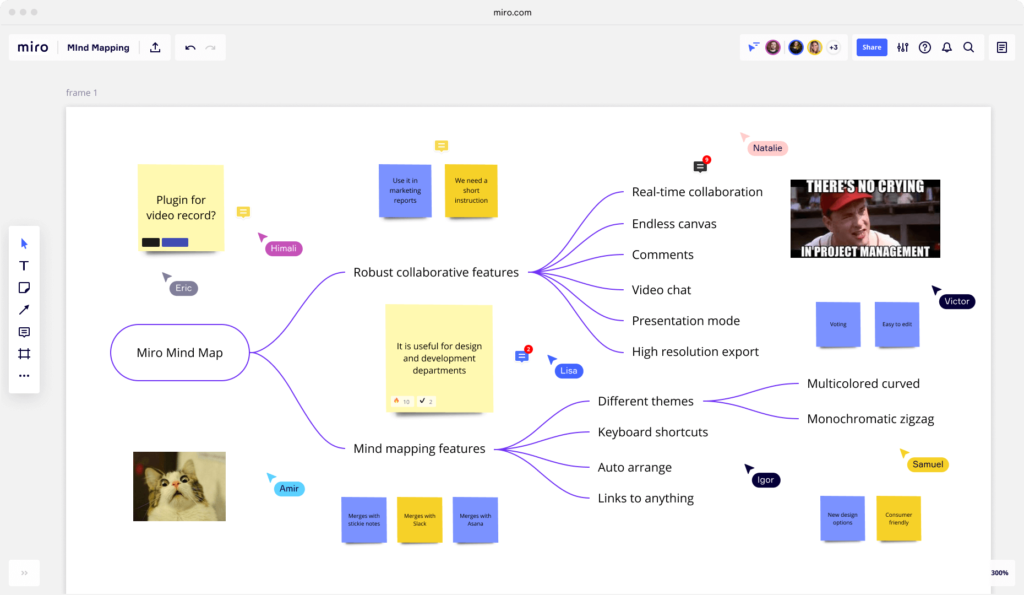
The thriving company claims to have increased its user base from 5 million to 30 million in less than two years. During that period, its paid customer base rose from 20,000 to 130,000, and it now counts Cisco Systems Inc., Dell Technologies Inc., Deloitte LLP, Kaiser Permanente, and Liberty Mutual Insurance Co. among its clients. According to the company, 20 enterprise clients pay more than $1 million each year for the service.
Although collaborative whiteboarding isn’t new, Miro has added features like prebuilt templates for common tasks, handwritten sticky notes, image and file embedding, and videoconferencing, as well as enterprise-friendly features like single-sign-on security and compliance with major global regulations. It integrates with collaboration systems like Atlassian Corp. Plc., Cisco Systems Inc., Google LLC, Microsoft Corp., and Zoom Video Communications Inc., and links to over 100 additional apps.
Miro Success Factors
Customer service
Miro understands that deeply understanding customers is at the core of great products:
“We always want to learn from our users. Our users can tell us a lot of important things and we can learn a lot from their usage of the product. We have both a well-defined core audience and main use cases.”
– Andrey Khusid , Founder – Miro
Combining customer interviews with product use statistics yields a comprehensive, all-encompassing, and accurate picture of your product. Discovering client feedback trends and understanding real behaviour enables you to create meaningful and useable products. What motivates people to sign up? What actions result in retention? To be frustrated? To surrender? Identifying, comprehending, and responding to these trends may significantly aid in the scaling of your organisation.
Miro knows the significance of identifying and focusing on specific consumers.
If you design a product for everyone, you are effectively designing a product for no one.
You must take a position, identify your target audience, and create a product that meets their unique needs. If you fully understand their use cases, you can create a particularly relevant and useful tool.
Miro understands the importance of establishing and concentrating on certain consumers. If you create a product for everyone, you are basically creating a product for no one. You must take a stand, identify your target audience, and design a product to meet their specific requirements. You can deliver a uniquely relevant and helpful tool if you truly understand their use cases.
Miro also recognises that people aren’t static. Because industries, jobs, and responsibilities are always changing, Miro is always researching, reviewing, and updating their key audiences and use cases.
Intuitive and supportive design
Miro chose product-led growth, which meant they needed to design a flexible and accessible solution that target consumers could immediately grasp and enjoy. The tool must be simple, succinct, and intuitive so that users of all backgrounds may rapidly adopt and comprehend it.
Great experiences strike a mix between direction, support, and flexibility, allowing power users to ramp up rapidly while still giving adequate aid to nervous neophytes. Miro provides adaptable help on purpose, such as step-by-step instruction, navigational aid, and a diversity of templates that users may explore or ignore according on their present needs.
“Miro does not believe in the one-size fits all approach to UX. Every user is different, and their different needs must be met.”
– Andrey Khusid , Founder – Miro
Miro makes it simple to explore and master the more sophisticated parts of the tool once users rapidly jump in and utilise it. They provide in-product lessons and instructional videos to assist users become more successful and productive, as well as a wide range of templates to help customers kickstart and inspire their creativity and ideas.
Also Read: Zoom – The App That Revolutionized The Way The World Works
Miro Business Model
Miro focuses on providing quick time to value while allowing the product to speak for itself. They remove restrictions and urge users to test it out by making it freely available. Users will become dedicated fans, advertising and campaigning on Miro’s behalf once they see how fantastic the product is.
Users will invite their colleagues and persuade their organisations to subscribe to a subscription plan if they can easily adopt, experience, and profit from a product. Allowing people to test and assess a product before purchasing it fosters trust and loyalty, resulting in better informed purchase decisions and increased retention.
Miro also reaps the benefits of viral loops. Because it is a collaborative tool, viral loops enable it to spread throughout companies. Once they have one ardent supporter, that supporter may persuade her whole team, or perhaps an entire company, to join.

Miro makes it simple to share your ideas with others and invite them to join your team. As an extra bonus, active sharing promotes user engagement and retention. If your team members get interested, they will share their work with you, and you will both push each other to log into Miro.
Miroverse – The community of Miro
Miroverse showcases exceptional designs and frameworks exhibited by the community members used for their workspaces. The templates are easy to replicate and build over making it super-easy to adapt to the product and get started with it!
Miroverse, a place where other people can share their templates with Miro users. There are so many ways of collaborating for people and teams of all different types, so having an open forum for sharing really makes a lot of sense, and helps to make Miro a very powerful and diverse tool.

